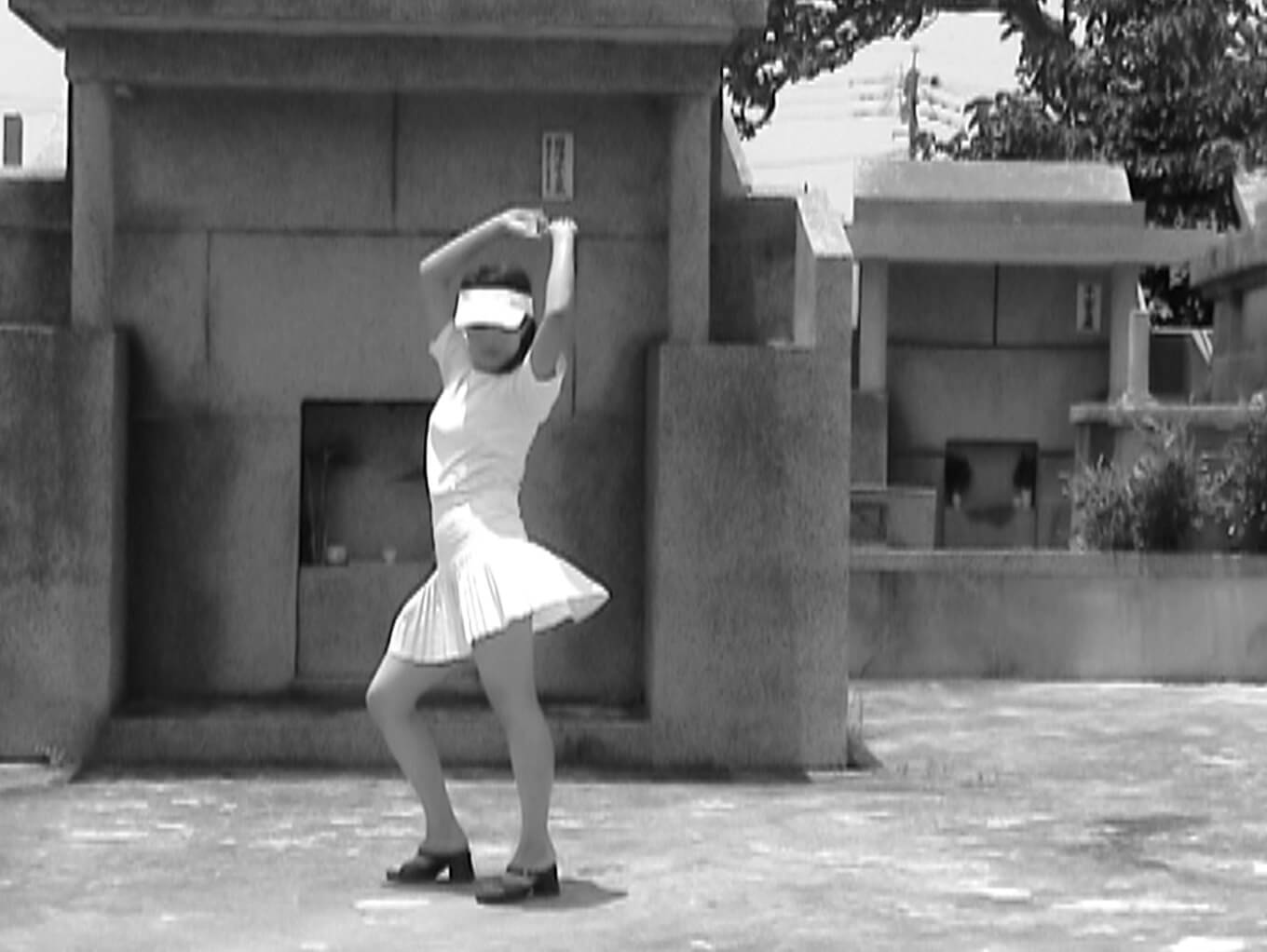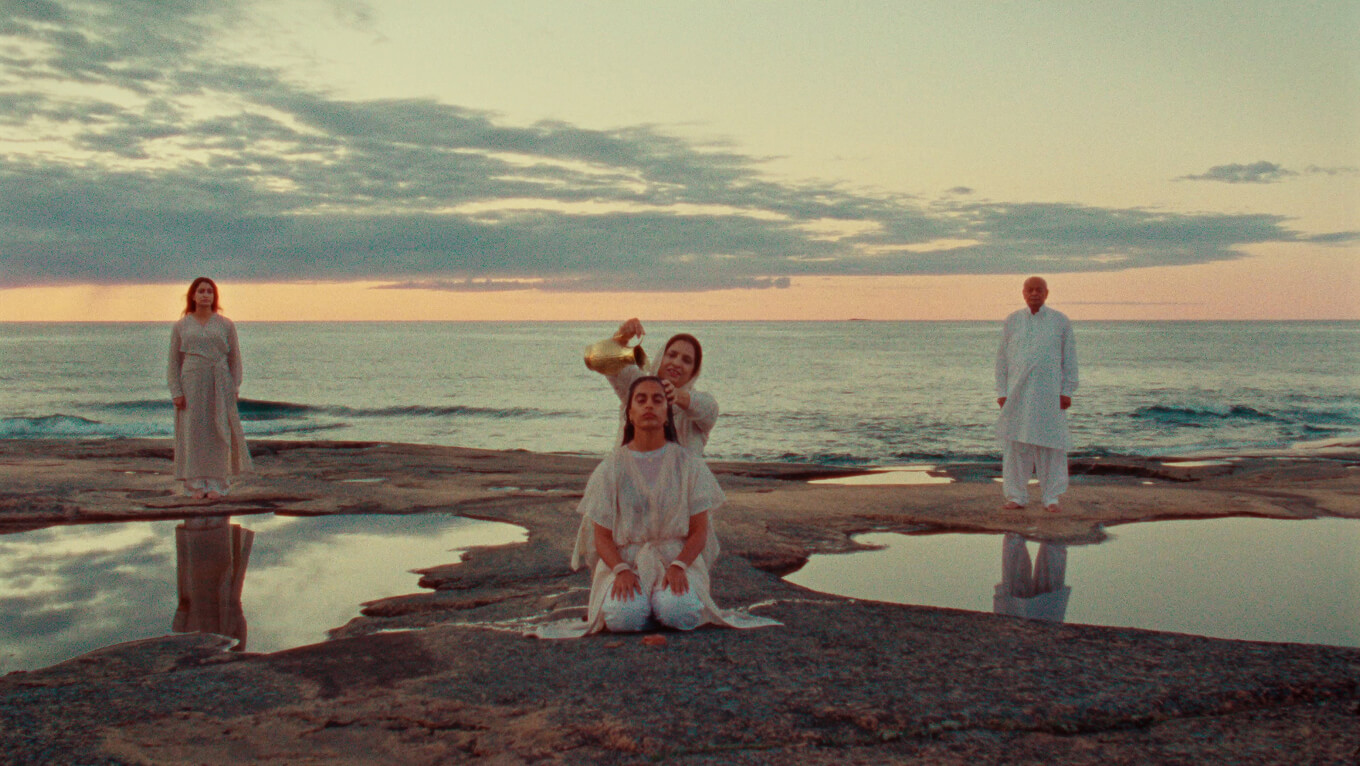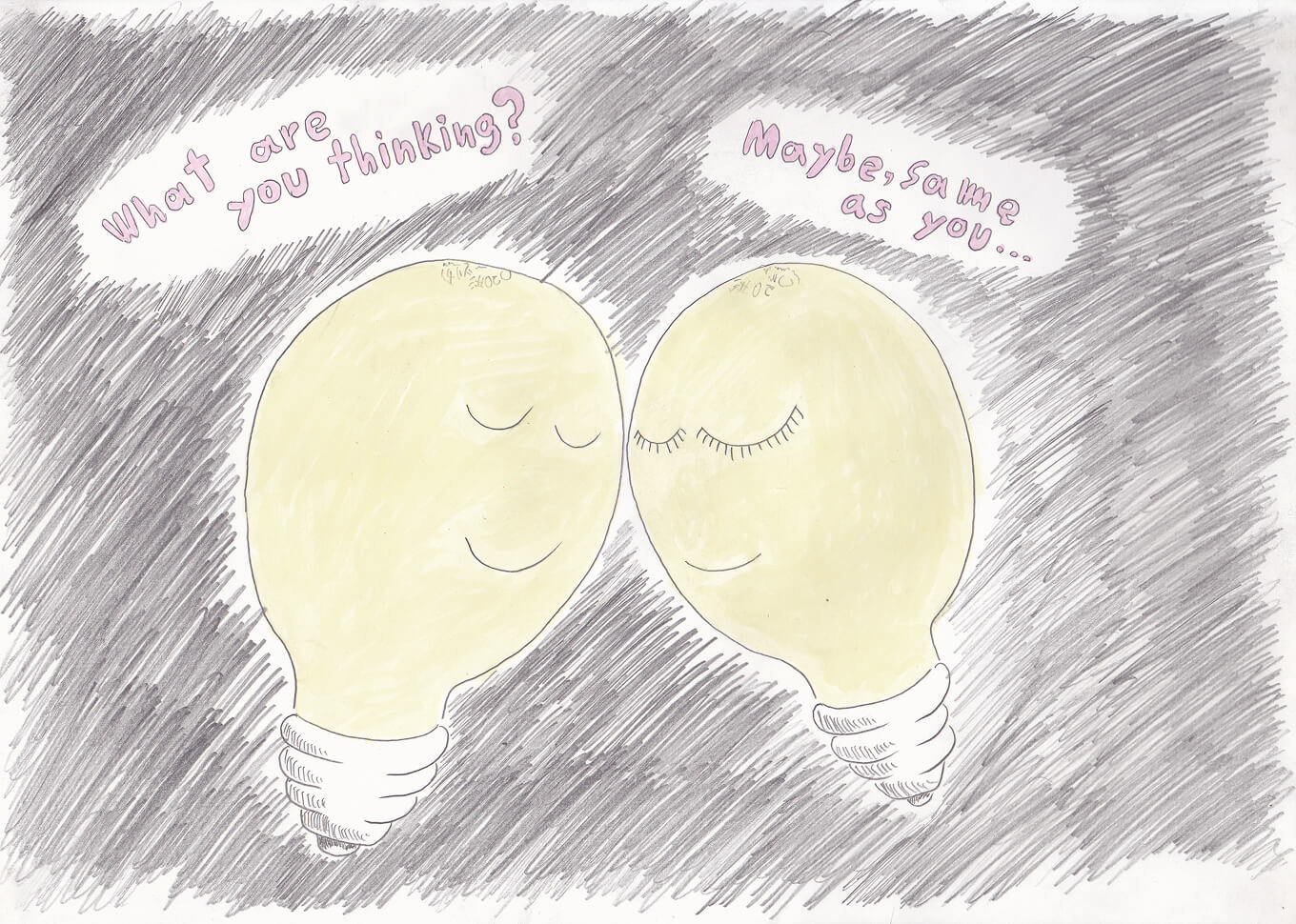AWT VIDEO
RITUALS, OR
THE ABSURD
BEAUTY
OF PRAYERS
Curated by Keiko Okamura
Screened at a special pavilion in the lobby of SMBC East Tower in the Marunouchi district, AWT Video presents a selection of single-channel moving image works by Japanese and international artists drawn from Art Week Tokyo’s participating galleries. Overseen by Keiko Okamura, a curator at the Museum of Contemporary Art Tokyo, this year’s program, “Rituals, or the Absurd Beauty of Prayers,” features 10 works by 10 artists and groups.
CURATORIAL STATEMENT
I’ve spent some three decades now working as a curator at museums, yet every time one of my exhibitions comes to an end, and everything is packed up and the gallery returned to its original state of an empty white cube, there’s always a strange sense of reinvigoration that hits me along with my melancholy. To be sure, no two exhibitions are the same, and the staff who work on them change, as do the visitors who come to see them. It occurs to me now that this strange sensation probably arises from the realization that the project I’ve spent months or years planning is just one ripple in a continuous yet constantly evolving stream of events.
With these thoughts playing on my mind while I was selecting the program for this edition of AWT Video, I found myself drawn to works that either evoke the ritualistic performances that accompany the different phases of our lives or address introspective themes that prompt reflection on life’s transience. A parent combing their child’s hair, a kiss between lovers, the sight of someone working away in concentrated silence or putting their hands together in memory of the dead. The acts that recur in the works may be counted among the myriad rituals that punctuate the course of our lives. They offer us a degree of guidance in times of uncertainty. They may be awkward on occasion but they also have their own endearing beauty. Ultimately, the rituals that we unconsciously perform when we remember the past, struggle through the present, or look toward the future are forms of prayer that cannot be put into words.
—Keiko Okamura
ABOUT THE CURATOR

ARTISTS
RYOKO AOKI
CHIM↑POM FROM
SMAPPA!GROUP
ISHU HAN
NAYAB NOOR IKRAM
MAIKO JINUSHI
HIROKO OKADA
YUKI OKUMURA
ANDRO WEKUA
ATSUSHI YAMAMOTO
CHIKAKO YAMASHIRO
VISIT
LOCATION
SMBC East Tower 1F
1-3-2 Marunouchi, Chiyoda-ku
HOURS
November 5–9, 10am–6pm
ADMISSION
Free











